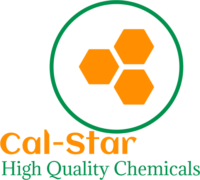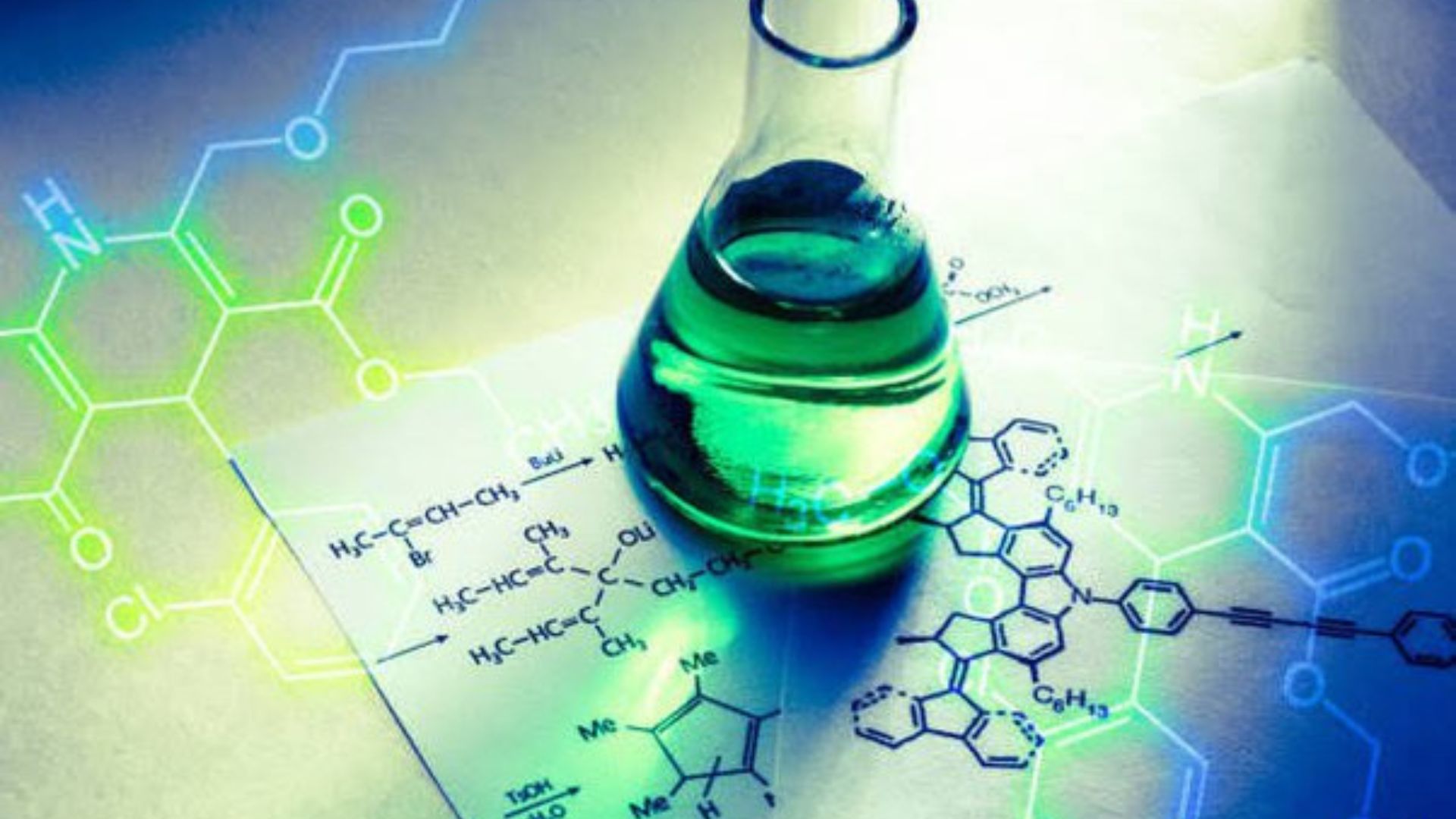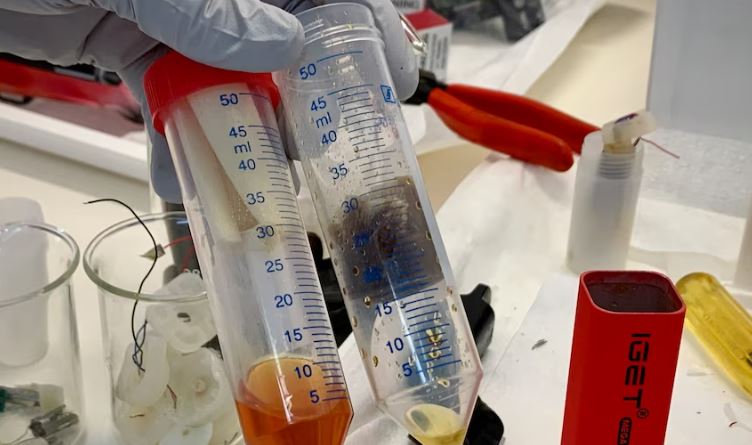The food industry relies heavily on chemicals to enhance the quality, safety, and longevity of food products. From preservatives to flavor enhancers, these chemicals play crucial roles in our daily lives. In this article, we will explore the various types of chemicals used in the food industry, their functions, and their impact on our health.

Chemicals in the Food Industry
Common Chemicals Used in Food
Preservatives: Keeping Food Fresh
- Purpose: Preservatives are added to food to prevent spoilage and extend shelf life. They inhibit the growth of bacteria, mold, and yeast that can cause food to deteriorate.
- Examples: Common preservatives include sodium benzoate, potassium sorbate, and nitrites. These chemicals help keep foods like bread, meats, and beverages safe to consume for longer periods.
Flavor Enhancers: Boosting Taste
- Function: Flavor enhancers are used to improve the taste and aroma of food. They can amplify natural flavors or add new ones, making food more appealing.
- Notable Additives: Monosodium glutamate (MSG) is one of the most well-known flavor enhancers, often found in savory foods like soups, snacks, and processed meats.
Color Additives: Making Food Visually Appealing
- Role: Color additives are used to enhance or restore the color of food, making it more attractive to consumers. They can also indicate flavor, such as the red color in strawberry-flavored products.
- Types: These additives include synthetic dyes like tartrazine and natural colors like beet juice and turmeric. They are commonly used in candies, beverages, and baked goods.
Emulsifiers and Stabilizers: Improving Texture
- Purpose: Emulsifiers and stabilizers help maintain the consistency and texture of food products. They prevent ingredients from separating and ensure a smooth and uniform appearance.
- Common Examples: Lecithin, found in egg yolks and soybeans, is a widely used emulsifier. Pectin, derived from fruits, acts as a stabilizer in jams and jellies.
Impact on Health and Safety
Nutritional Considerations
- Benefits: Some chemicals in food, like preservatives, are essential for preventing foodborne illnesses by inhibiting microbial growth. Others, like fortifying agents, add essential nutrients to the diet.
- Concerns: There are ongoing debates about the health impacts of certain chemicals, particularly artificial additives. Excessive consumption of some preservatives and flavor enhancers may be linked to health issues, prompting calls for more natural alternatives.
Regulatory Oversight
- Safety Standards: The use of chemicals in food is regulated by organizations like the FDA (Food and Drug Administration) in the United States and EFSA (European Food Safety Authority) in Europe. These bodies set limits on the amount of each chemical that can be used and ensure that all additives are safe for consumption.
- Labeling Requirements: Food products must list all ingredients, including additives, on their labels. This transparency allows consumers to make informed choices about what they eat.
Emerging Trends
- Natural Alternatives: There is a growing demand for natural and organic food products. Consumers are increasingly looking for foods with fewer artificial additives and preservatives.
- Innovation in Food Technology: Advances in food technology are leading to the development of new additives and processing methods that can improve food quality while minimizing health risks.
Conclusion
Chemicals in the food industry are indispensable for enhancing the taste, appearance, and safety of food products. While they offer numerous benefits, it is essential to understand their roles and potential impacts on health. By staying informed and reading labels, consumers can make healthier choices and enjoy a wide variety of foods with confidence.




